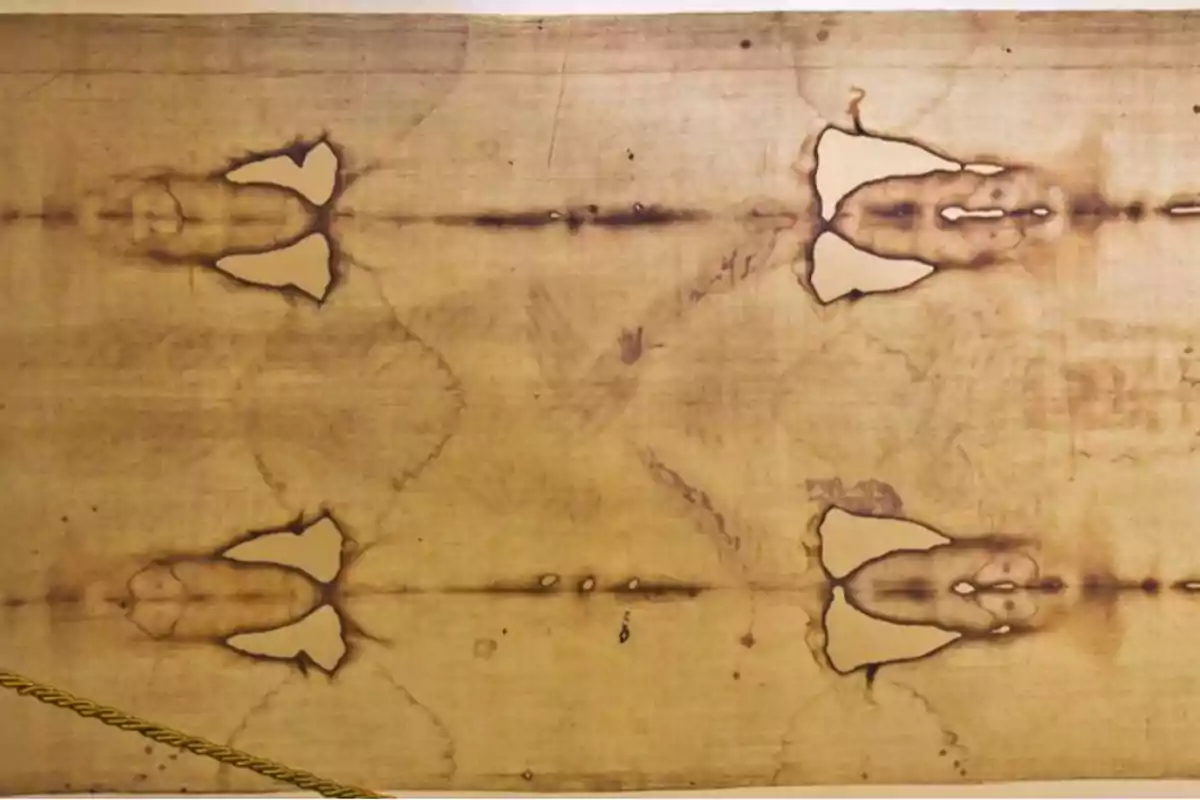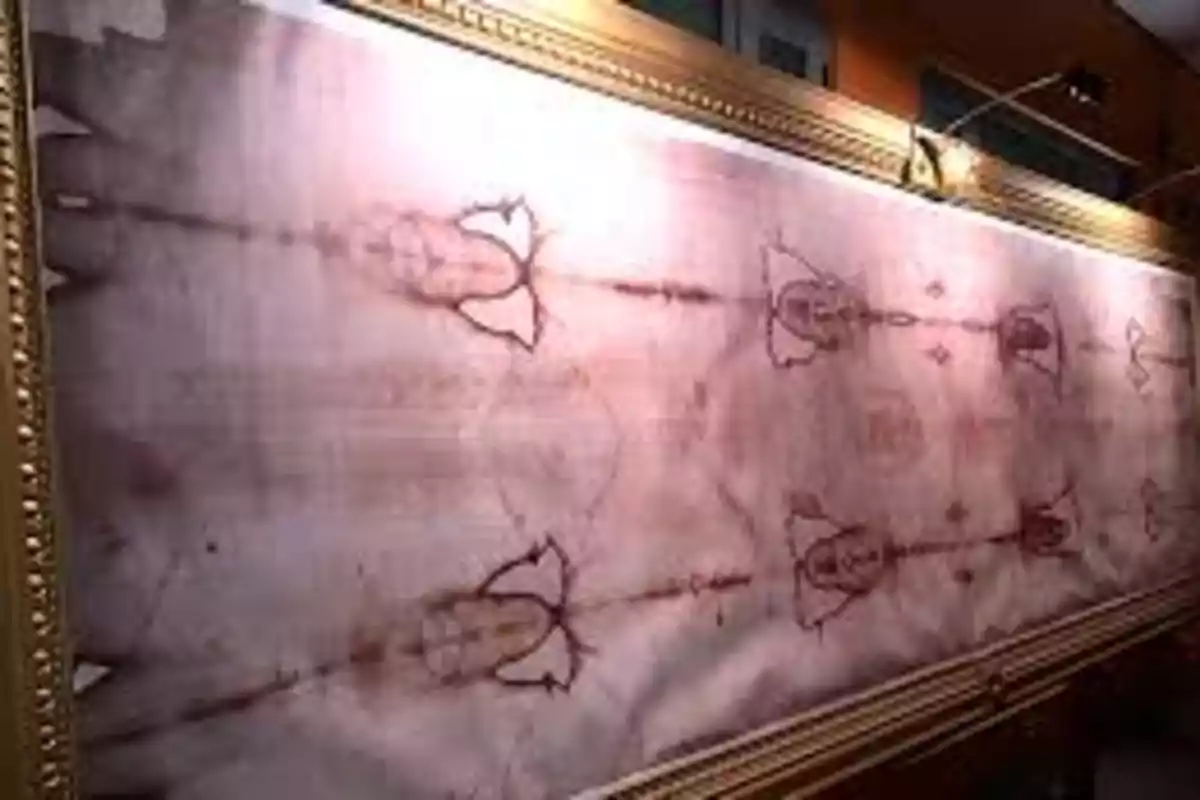
A 3D analysis of the Shroud of Turin revealed that Jesus' body was not inside.
A new study using 3D technology suggests that the iconic relic may not have wrapped a human body
The Shroud of Turin, one of Christianity's most enigmatic and venerated relics, is once again at the center of debate.
Considered for centuries to be the shroud that wrapped Jesus' body after his crucifixion, the linen cloth measuring 4.4 by 1.1 meters (14 feet 5 inches by 3 feet 7 inches) preserves the faint image of a man with signs of flagellation, nail wounds, and marks consistent with a crown of thorns.
However, a new study suggests that this figure may not have been caused by contact with a real human body.
The origin of the relic, first documented in the 16th century, has always been shrouded in controversy. In 1989, a carbon-14 dating conducted by three independent laboratories placed it between the years 1260 and 1390, in the heart of the Middle Ages. Although those conclusions seemed definitive, subsequent research questioned the validity of the samples used, keeping the mystery alive.

Now, a study published in the journal Archaeometry by Brazilian designer Cicero Moraes, a specialist in historical facial reconstructions, offers a new perspective. Using 3D modeling software, Moraes simulated the behavior of a cloth when covering a human body and when covering a bas-relief figure.
According to his explanation, when a cloth wraps a three-dimensional body, the resulting image is distorted and widened due to a phenomenon known as the "Agamemnon mask effect". This distortion doesn't match the provided and symmetrical image of the Shroud of Turin.
In contrast, when the cloth is placed over a bas-relief—a surface carved in wood, stone, or metal—the proportions remain accurate, generating a result very similar to what the Shroud displays.
Qué contiene la sábana de Turín
This led Moraes to conclude that the image could have been created by contact with a solid matrix, pigmented or heated to mark the contact areas, rather than being the direct impression of a body.
"The Shroud's pattern is more consistent with an artistic piece than with a three-dimensional human imprint", asserts Moraes, who doesn't completely rule out the possibility that the shroud wrapped a body, but considers it more plausible that it is a medieval work created for religious and funerary purposes.
More posts: